They say the 60s are a decade like no other — full of hope, conflicts, creativities, experiments, and changes across the spectrum. Anyone who’s old enough to remember can go on about it for days, and will most likely fail to do the era its actual justice.
Even though we are aware of the 60s complexity and smart enough to know today’s media representation of the decade can be very different from what it actually was, we still can’t help ourselves being fascinated by the stories from that time whether or not they are true.
Undoubtedly, the spirit of the 60s has become a source of inspiration for many artists and the photographer Bob Sala is no exception to the rule.
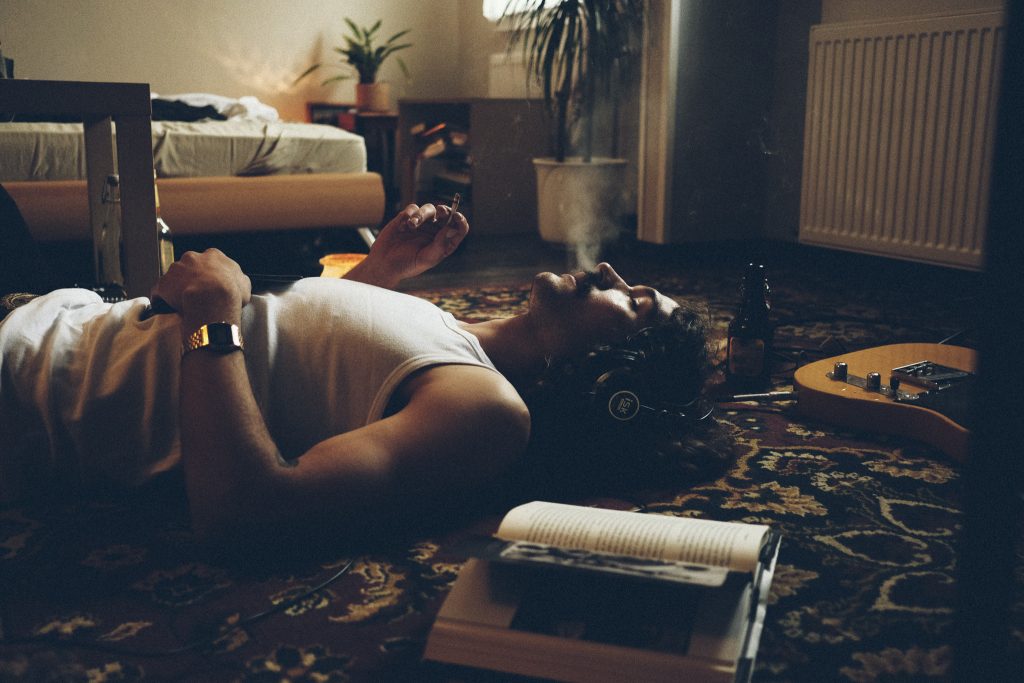
Have you always wanted to be a photographer? What did you do before getting into photographer seriously?
When I was 18 I decided to become a writer — or wanted to become a writer. I studied literature and just like most people who wanted to become a writer, I did journalism on the side. I was writing newspaper articles for local magazines and newspapers here in Germany, and when you work for small newspapers like the one I did you also have to bring pictures along with your articles.
If you can bring photos, you are getting booked more often. So after I got my first salary, I bought myself a Nikon D40, but I wasn’t so interested in photography. All I used was this one zoom kit for like 10 years.
I had that same camera repaired 4-5 times. I just didn’t really care as long as it worked and brought me some pictures for my writings. Photography was just the side thing for me.
So what was the turning point then?
So when I turned 30, I became interested in photography as an art form. I started going to exhibitions and bought a lot of photo books. From there, I started taking portraits. Exactly like six years ago.
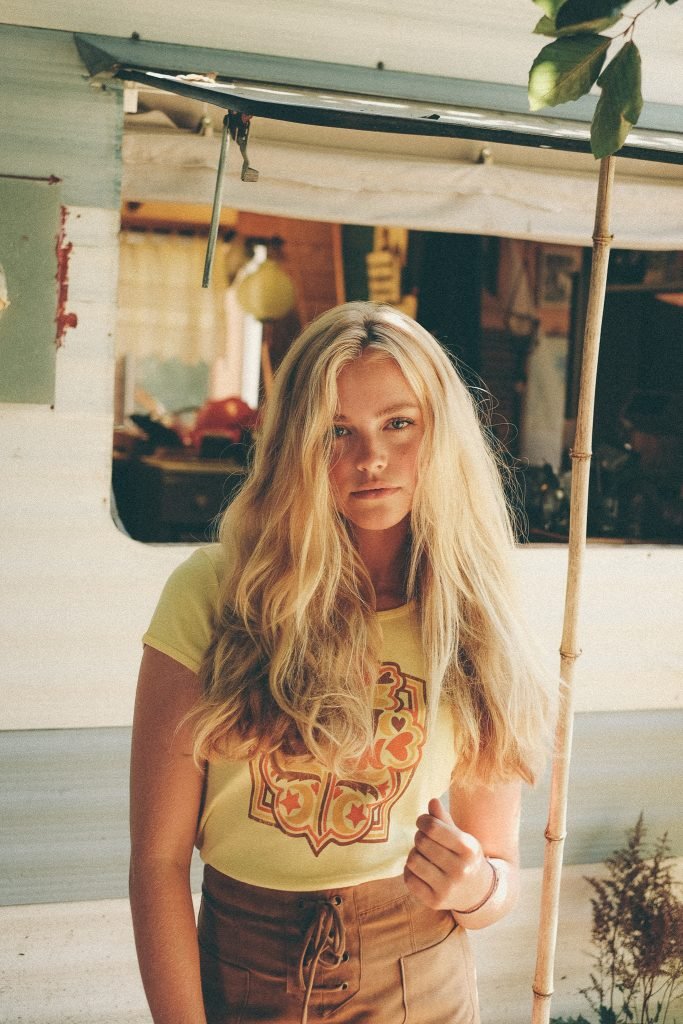
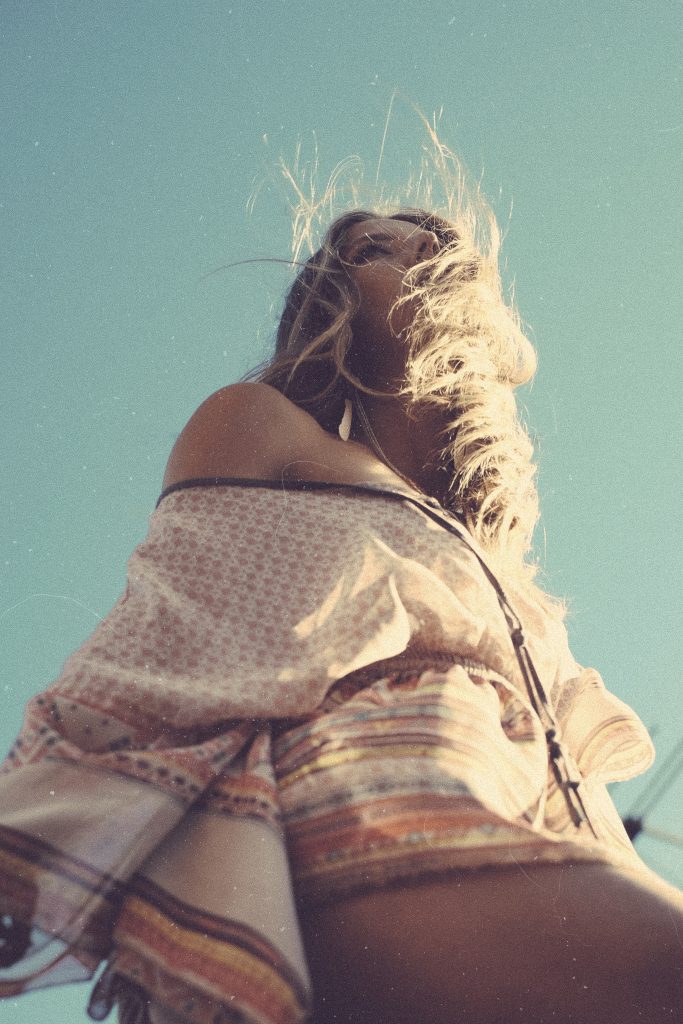

Was it the stories you wrote during your journalism career that led you to photography?
Not really. The newspaper I was working for was very small. I was repeating myself a lot. Every year there was always something “annually” that I had to write about. I actually got very frustrated with the career. So I stopped it.
Honestly, I wanted to become a novelist in my 20s. I wanted to write novels. When I was 28, I had produced 3-4 failed attempts sitting somewhere in my garage. So I decided to take a break from writing.
I even thought that maybe writing is not something I should do. So I stop all the writing at once and went to work in vocational training for students and job orientation for refugees which had always given me great fulfilment.
But when I turned 30 I got really depressed because I eliminated all of the creativity out of my life. I was so used to writing throughout my 20s. So I sought for a creative outlet and photography was the answer.
It became a medium that really helped me out with everything that I was trying to communicate through writing in my 20s. What I’m photographing right now are things that appealed to me in my 20s.
Interestingly, through photographing, writing also came back. I began to write again. I have written for music magazines, interview magazines, online magazines, and my own blog. Photography gives me some kind of confidence to put stuff out there. It’s so much easier to use Instagram, blog, or Facebook or whatever to put your stuff out there and get immediate feedback. And it’s taking the edge out of me.
With my writing, I didn’t really show it to many people, only a small circle of audience. I never really made it public and they stay in my drawers. Photography, on the other hand, gives me the courage to just publish something. It is more democratic, and it’s also connecting me with people that I need for my kind of work.
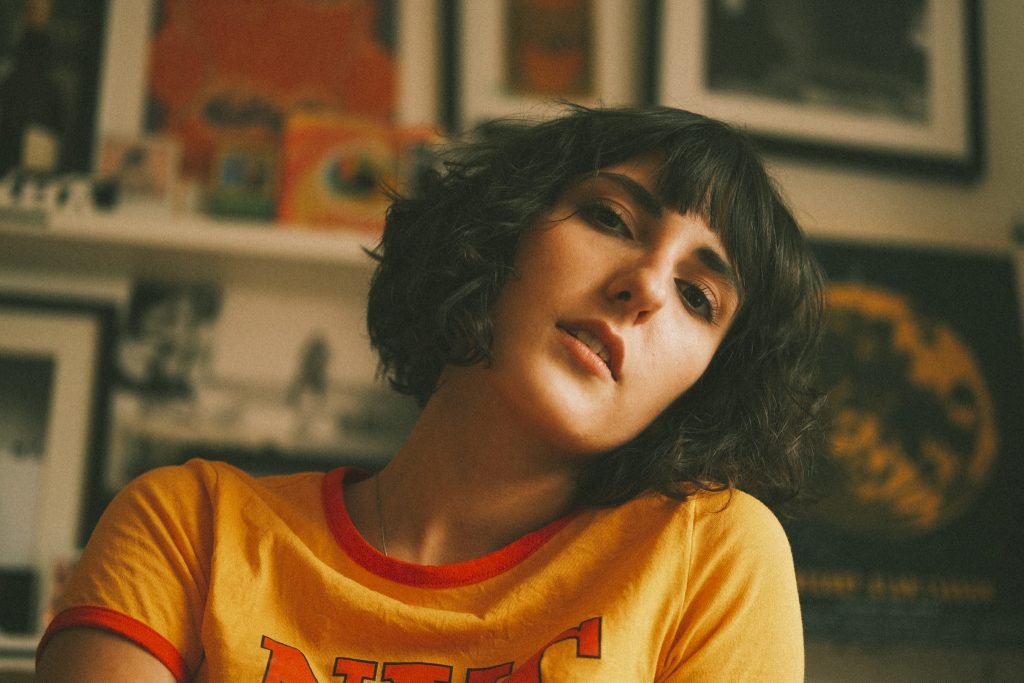
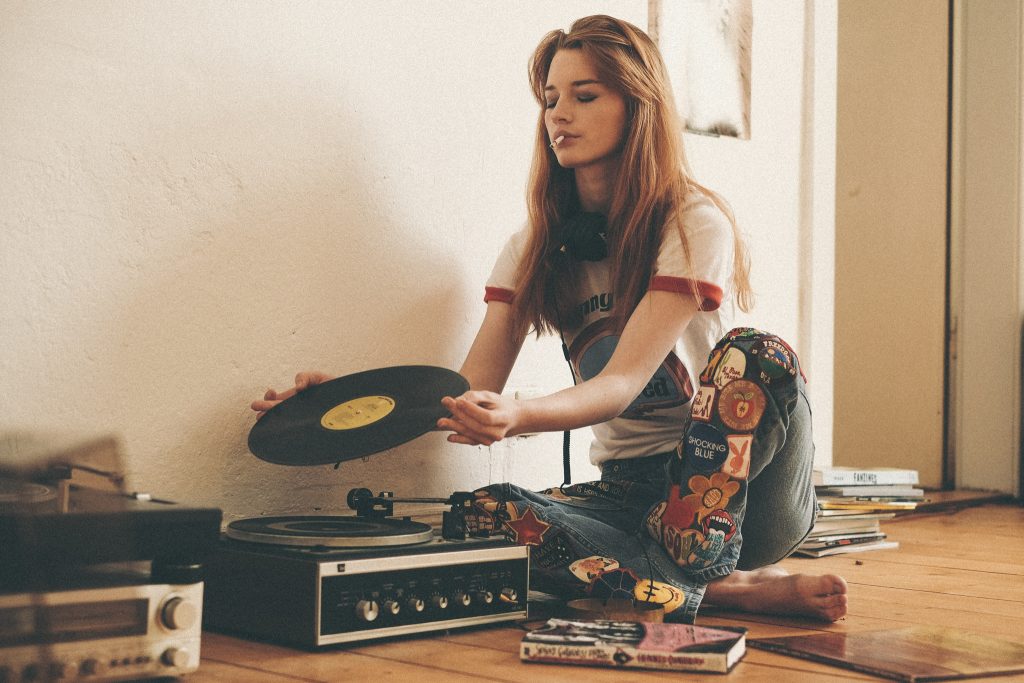
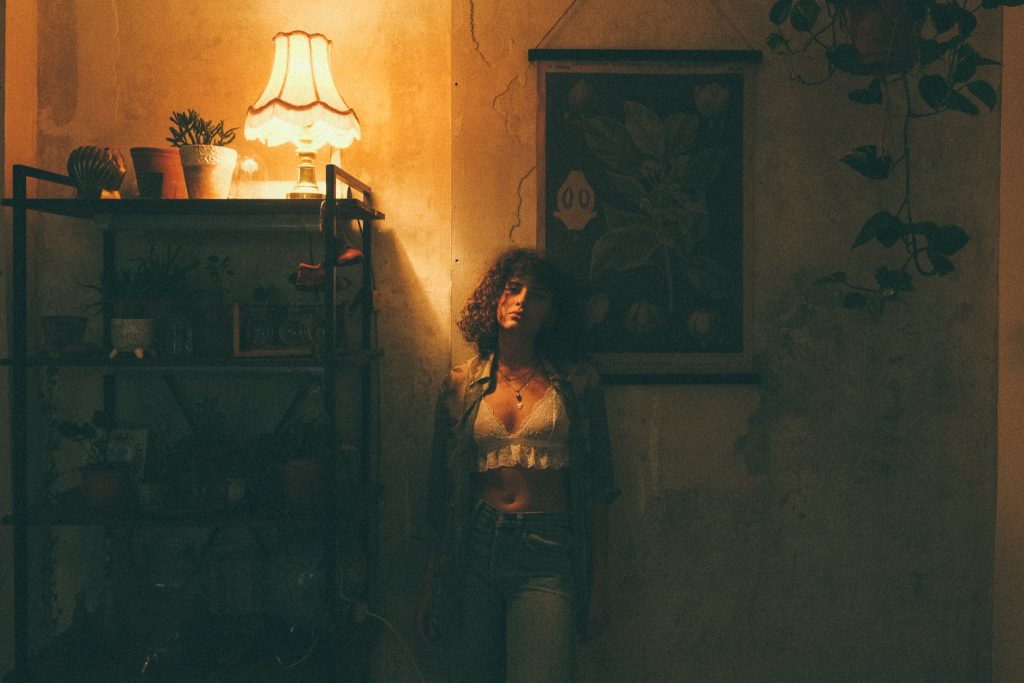
So I see that the time between the mid-1960s to early 1970s is your central theme. Could you tell us why did you choose to focus on this period?
When I was in my early 20s, I read a lot of that period, the counterculture in America, the Black Panther and so on. I tried to read from the original sources from that time as much as possible. I got really into that decade through books and in those books, they were always talking about music, both fiction and non-fiction. So every time I came across an artist, I ordered a vinyl or went online and tried to find out more about that artist and the songs.
The first one I came across was the live recording of Sam Cooke in 1963. Also, there was this movie called Almost Famous that I saw in 2001. It was a story about a boy who was writing for rock and roll bands and got picked up by the Rolling Stones to cover a famous fictional band during their tour. So, I got really into it and wanted to be a rock journalist. So after I got into photography, I was also writing letters to music magazines that I’m Bob Sala and I need to cover the bands. Me with six packs of beers, sitting down, writing little drunken emails to band managers why they should take me on tour.

Of course, it didn’t work out. I didn’t really have a good portfolio at the time, just old stuff I had from the time when I was working at the local newspaper. So I decided to take another route in the movie, which was the story of the band girls that traveled with the bands. They were like muses for the musicians. The lovers of the music. And on one movie’s DVD cover, there is this photo of Kate Hudson lying on the floor with a guitar in the background, and she was in her underwear enjoying the music — that was my first inspiration. It was the mood that I was trying to go after.
I’m just obsessed with the music and everything from that time. It keeps me active because I’m always learning about new artists from that time still.
It was the time when people were producing three or four albums a year. It was not like now where you have to wait 3 or 4 years for a band to release another album. It would have never worked then. If you didn’t publish for more than 6 months you would be gone and wouldn’t be able to publish anymore. You really had to deliver.
That’s why there is so much stuff from that time. There was a lot of money in the business and they were producing like sh**. I found that a lot of really weird little bands that would never have a chance today recorded album. They didn’t get big, but they took their chances. So yes, it’s just the time that fascinates me in so many ways, politically and culturally.

We see that the majority of your models are female. Why do you photograph women more than men?
Women have always been a big part of my life from the very beginning. I like many female characters in novels and books and movies. Also, I have been having an easier time getting women to get involved in a project. They happened to fit into my schedule. I got requests from male models too but they just don’t work out with my plan.
My photos are like messages in bottles that I just throw out there. In my photos, I put in small things, like books, poems, characters from movies, and stuff like that. Some people, but not many people can relate to that stuff.
Those few people who can relate to stuff I put in there, mean a lot to me. They wrote me really long emails about how much those small things meant to them, or how they were really influenced or affected by the books I put in the photos. It really hits some people directly in the heart.
And when I get these heartfelt emails, that’s a big deal for me. To have these people writing and meeting people with the same interests, really keeps me going. And most of those people are females.
There are many many men too, but you have to be honest with yourself: if you are publishing on a platform like Instagram and have like 50K followers, there’s a good chance that maybe 15 or 20 thousand of them are guys that want to see naked women. That’s something you have to deal with. I have to put this behind my thought process of creating my images and my session.

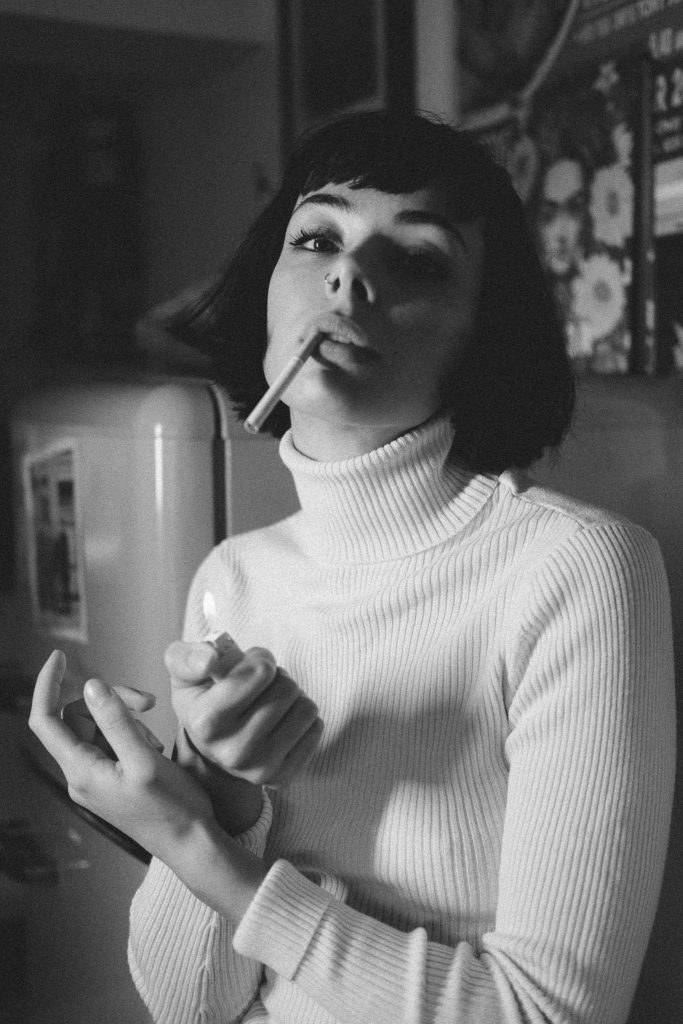
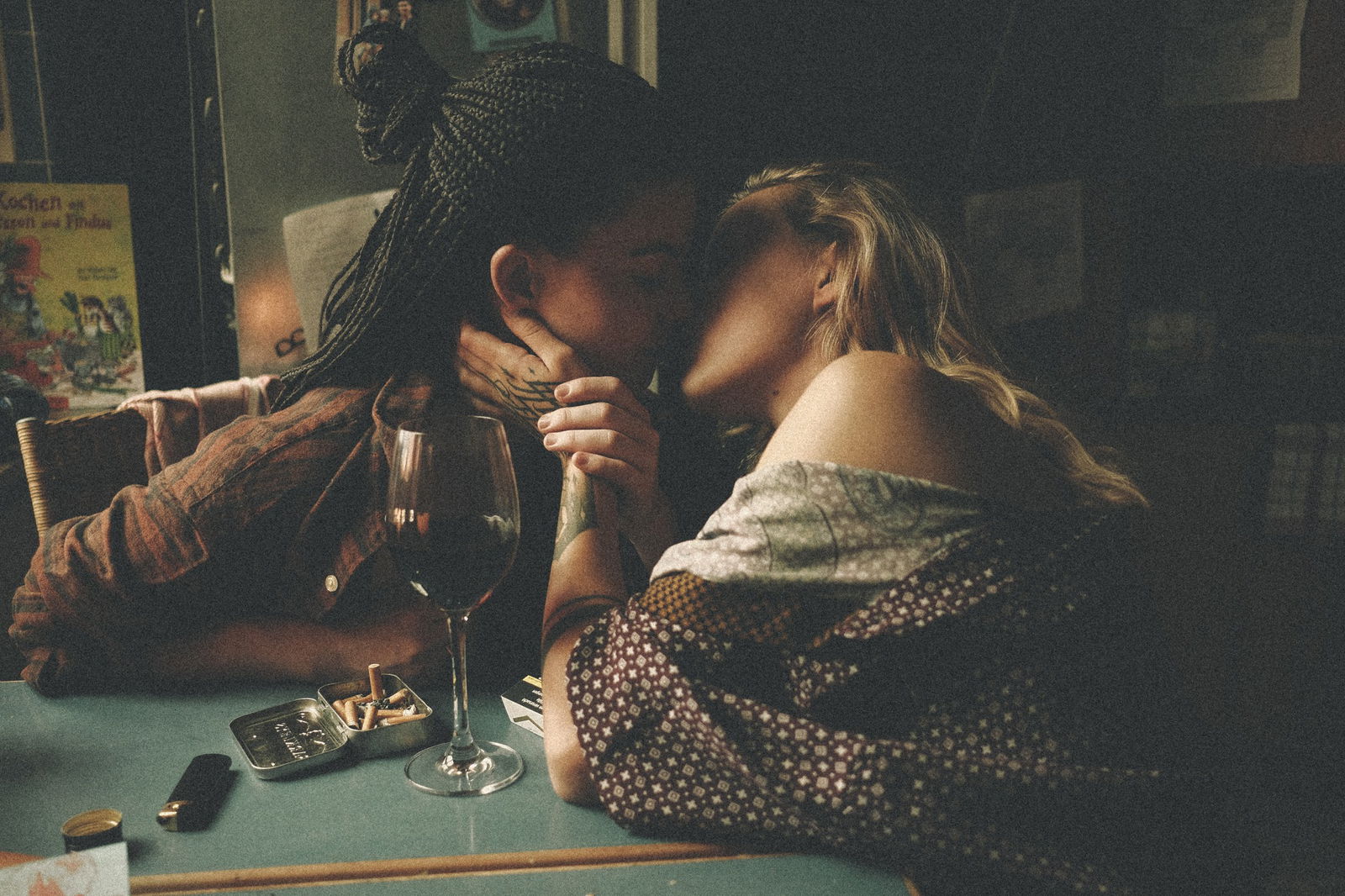
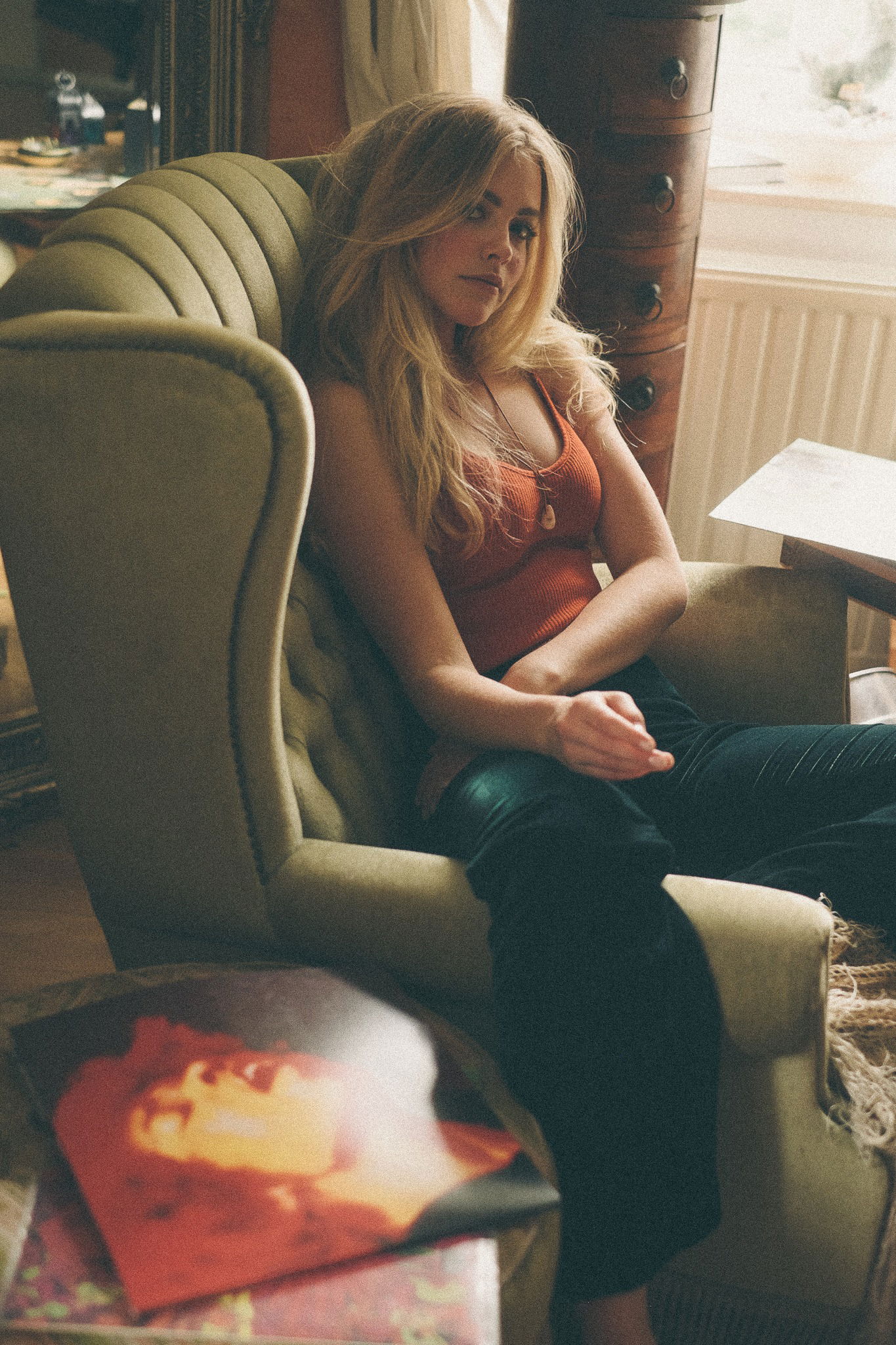
Bob Sala is a German photographer and journalist, who also spends some of his time blogging, podcasting, and teaching, among others. To see more of his work, have a look at his Cherrydeck profile or at his website, here.
For more interviews with great photography talents, check out the interview section on our blog. ?
